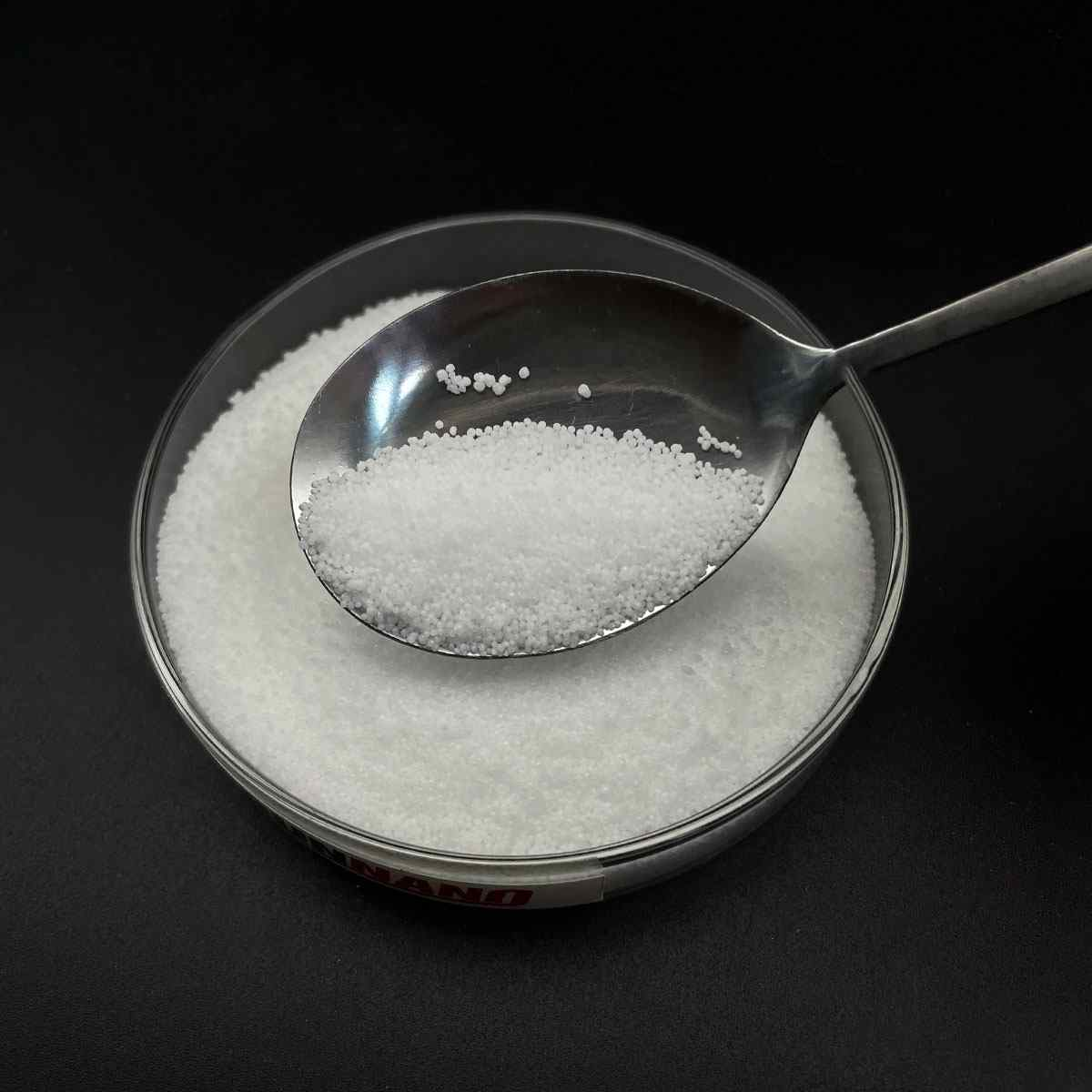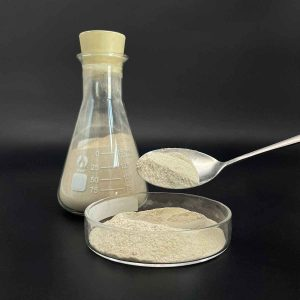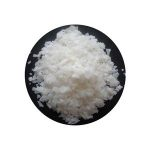1. Introduction
In a major development just 24 hours ago, the U.S. Environmental Protection Agency (EPA) fast-tracked approval for a new generation of low-drift herbicide adjuvants that rely on refined anionic surfactants—including sodium lauryl sulfate—to reduce chemical runoff and improve crop safety. This move underscores a growing trend in precision agriculture: leveraging chemistry to maximize efficacy while minimizing environmental impact.

While most consumers know sodium lauryl sulfate (SLS) from shampoos and toothpaste, its role as a surfactant for herbicides is a high-value, niche application transforming how farmers manage weeds. This article dives into how SLS—also known as sodium dodecyl sulfate or natrium lauryl sulfate—functions in agricultural sprays, why it outperforms many alternatives, and how it fits into the evolving surfactant toolkit for sustainable farming.
2. Why Surfactants Matter in Herbicide Performance
The meaning of surfactant is simple: a surface-active agent that reduces surface tension. In agriculture, this translates to better spreading, sticking, and absorption of herbicides on waxy or hairy plant leaves. Without a surfactant, many weed killers simply bead up and roll off—wasting product and reducing effectiveness.
Sodium lauryl sulfate is a classic anionic surfactant, meaning it carries a negative charge in solution. This property allows it to interact strongly with plant cuticles and help active ingredients like glyphosate penetrate more efficiently. Compared to non-ionic surfactants such as polysorbate 80 or ethoxylated alcohols, SLS offers faster wetting action and is often more cost-effective for large-scale use.
3. Sodium Lauryl Sulfate vs. Other Agricultural Surfactants

Farmers and agronomists now choose from a wide menu of surfactants for weed killer formulations. Methylated seed oil (MSO) is popular for its penetration boost but can cause crop injury under hot conditions. Alkyl polyglucoside and coco glucoside are bio surfactants prized for biodegradability but often lack the rapid wetting power of SLS.
Other common options include:
- Ammonium lauryl sulfate (a close cousin of SLS with similar performance)
- Sodium lauroyl sarcosinate and sodium cocoyl isethionate (milder, used in organic-certified products)
- Lignin sulfonate (a byproduct of paper manufacturing, used as a dispersant but less effective as a wetting agent)
- Span80 and Pluronic 127 (nonionic surfactants used in specialty formulations)
SLS stands out for its balance of performance, solubility, and affordability—especially as a lawn wetting agent or wetting agent for grass in turf management.
4. Technical Advantages in Field Applications

When mixed at typical rates (0.25–1% v/v), sodium lauryl sulfate dramatically lowers the surface tension of spray solutions, enabling uniform coverage even on difficult-to-wet species like lambsquarters or pigweed. This is critical for post-emergent herbicides that must be absorbed through foliage.
Unlike cationic surfactants such as cetyl trimethyl ammonium bromide (CTAB)—which can bind to soil particles and reduce herbicide availability—anionic surfactants like SLS remain mobile in the spray droplet. Moreover, SLS doesn’t interfere with the activity of common herbicides, unlike some amphoteric surfactants like cocamidopropyl betaine (also called coco betaine or amidopropyl betaine), which are better suited for personal care than field use.
It’s worth noting that sodium laureth sulfate (SLES), often confused with SLS, is less common in agriculture due to its higher cost and ethoxylated structure, which raises environmental persistence concerns. Thus, when you see ‘sls sodium lauryl sulfate’ or ‘na lauryl sulfate’ listed on an agrochemical label, it’s usually the straight-chain, non-ethoxylated form preferred for its clean breakdown profile.
5. Sustainability and Safety Considerations
While SLS is biodegradable and generally recognized as safe in agricultural contexts, its sourcing and purity matter. Reputable suppliers like Rohit Surfactants Private Limited now offer high-purity SLS with minimal dodecyl alcohol or sodium dodecylbenzene sulfonate impurities—critical for avoiding phytotoxicity.
Compared to fluoro surfactants or copper 1 bromide-based systems, SLS poses lower ecological risks. It also avoids the controversy surrounding sodium deoxycholate or sodium oleate, which can disrupt soil microbiomes. For organic growers, bio surfactants like decyl glucoside or sodium coco sulfate (sometimes labeled as coco sodium sulfate) are alternatives—but often at 2–3× the cost of SLS.
6. Conclusion
Sodium lauryl sulfate may be best known for its foaming action in bathroom products, but its real-world impact extends far into the fields. As a high-performance, cost-effective surfactant for herbicides, SLS enables smarter, more efficient weed control—aligning with global efforts to reduce chemical load while maintaining yield. Whether labeled as sls sulfate, lauryl sulfate, or sodium dodecyl sulfate, this humble molecule continues to prove its worth beyond the shampoo bottle.
Our Website founded on October 17, 2012, is a high-tech enterprise committed to the research and development, production, processing, sales and technical services of ceramic relative materials such as Sodium. Our products includes but not limited to Boron Carbide Ceramic Products, Boron Nitride Ceramic Products, Silicon Carbide Ceramic Products, Silicon Nitride Ceramic Products, Zirconium Dioxide Ceramic Products, etc. If you are interested, please feel free to contact us.


